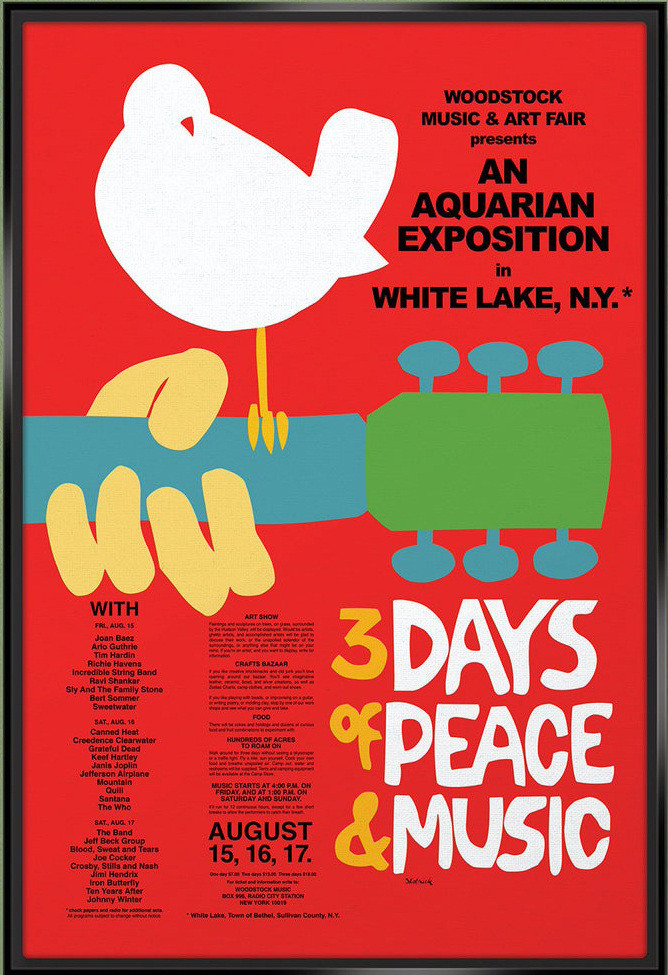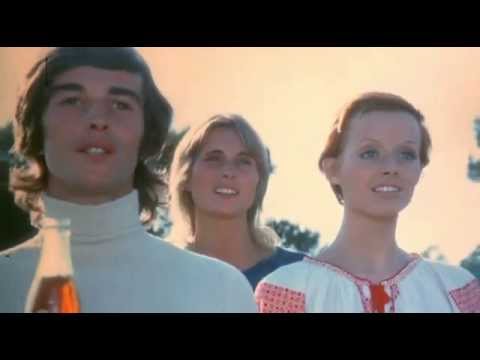Measure Your Treasure
/“For where your treasure is, there will your heart be also.”
I VIVIDLY REMEMBER my first dollar of disposable income.
dis·pos·a·ble in·come
/dəˈspōzəbəl ˈinˌkəm,dəˈspōzəbəl ˈiNGˌkəm/
noun: income remaining after deduction of taxes and other mandatory charges, available to be spent or saved as one wishes.
I was probably 7 or 8, walking to a friend’s house up the street. There it was; a dollar bill! You know how in the sketch of George Washington on the ONE he’s turned slightly, facing left-ish, but his eyes are cut back to the right? His look seemed to say to me, “I’m yours now, let’s do something fun.” So my friend and I walked to a little neighborhood grocery store, bought a can of vienna sausages, a loaf of bread and a couple of Tootsie Rolls. It was an impulse purchase spawned from hunger. Once I was full of bread and little weiners, I wish I had bought baseball cards.
Thumbing through my vinyl records, trying to decide what to listen to next, I started estimating how much I had invested in just the records in this one box. From the early days of having a few dollars to spend, often I chose music: records, 8-track tapes, CDs, digital music, concert tickets, drumsticks, stereo equipment, headphones, turntables, speakers. Throw in the guitar in its case behind where I’m sitting right now, a set of Ludwig drums and Zildian cymbals in another room, you could label one large treasure chest “MUSIC” and find a huge piece of my heart.
My love of music is not unlike a hunger. It’s different than that feeling that leads you to use your found money to buy vienna sausages. Music is an experience without end. How can you take a limited number of notes like the eight of an octave and add a few half tones and make endless melodies? Consider a song that you’ve heard many many times before. Play that song from a quality vinyl record on a good turntable with a good cartridge, into a phono pre-amp, to a powerful amplifier through quality cables and into well-designed speakers or headphones and you will hear things there you’ve never heard before: soft strings, the rumble of a distant bass drum or the ting of a triangle, a voice in harmony, all adding layers and more layers.
My dad had a young friend named Ken. He was a school teacher in Tulsa. After school he made pizzas in a little joint called The Pizza Parlor he owned on 11th Street in Tulsa. For several years he taught school and made pizza but finally took up the pizza business full time. He changed the name to Ken’s Pizza Parlor and later expanded to a brand he called Mazzio’s.
I spent a lot of the disposable income of my youth at Ken’s. His original pizza sauce and thin, crispy crust are something I still long for. If you had enough friends to share the cost of a pie, there would be enough left for a few songs on the jukebox. I can close my eyes and picture the checkered table cloth, the red glass candle holder, the smell of the pizzas cooking and I can hear Otis Redding singing “Sittin’ on the dock of the bay…”
So, in the years of my first coming of age, you could measure my treasure or the disbursment thereof and guess that my heart longed for round things that came in square packages like a new L.P. record album or a Ken’s pizza to go.
A really good pizza and a classic record share more than their shape. They are both like a package deal—a complete meal, a complete experience. Together they cover the all the senses: touch, sight, smell, sound and taste.
I’m not an expert in either music or pizza, but I’ve had my share of experiences. I’ve heard live in concert a range from Led Zeppelin to Rene Fleming. From Diana Krall to Jars of Clay. The Beach Boys to Elton John. Vanilla Fudge to Pink Martini.
I’ve had pizza from Ken’s on 11 Street in Tulsa, and pizza in Florence, Italy. A slice or two from Saluggis in New York City to Uno’s in Chicago. Which is better Chicago deep pan or New York City pizza? It’s apples and oranges. It’s Miles Davis and Blake Shelton.
PIZZA AT UNO’S IN CHICAGO WITH OUR BEST BUDS—CHARLIE AND SHIRLEY
It’s all nuanced. Whether it’s a good slice or a cool L.P. you need to enjoy in just the right setting, at the right time. You need to be open to something new. You need to listen and taste slowly and attentively.
Memories and music, treasures and matters of the heart.










